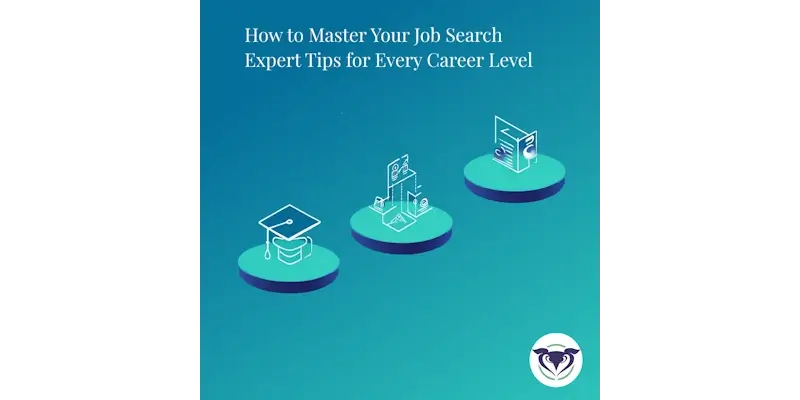Turning Career Gaps into Career Gold: A Strategic Guide to Resume Success
Career gaps have become increasingly common in modern professional trajectories. Whether due to family responsibilities, personal development, or market conditions, these pauses in employment shouldn't derail your career aspirations. The key lies in understanding how to present these periods effectively.
The Evolution of Career Gap Perception
Today's employers have developed a more nuanced understanding of career breaks. What matters most isn't the gap itself but rather how you frame it and what you did during that time. Many professionals use these periods for skill development, volunteering, or pursuing educational opportunities – all valuable experiences worth highlighting.
Strategic Approaches to Address Career Gaps
1. Focus on Skill Development
Document any courses, certifications, or independent projects undertaken during your career gap. These activities demonstrate initiative and commitment to professional growth, even during employment breaks.
2. Effective Formatting Choices
Consider using a strategic resume format that emphasizes your skills and achievements while naturally contextualizing gaps. This might involve:
- Using years instead of months in employment dates
- Highlighting relevant activities during the gap
- Organizing information by skills rather than strict chronology
Transparent Communication
Frame your career gap honestly while focusing on the value gained during this time. Whether you were caregiving, volunteering, or pursuing personal development, these experiences often provide valuable soft skills and fresh perspectives.
Essential Elements for Success
When addressing career gaps, focus on:
- Maintaining a consistent professional narrative
- Highlighting transferable skills
- Demonstrating continuous learning
- Showcasing relevant activities during the gap
- Connecting past experiences to future goals
The Professional Impact
In today's middle-management landscape, career gaps are increasingly viewed as potential periods of growth rather than limitations. The key is presenting these periods in a way that aligns with your overall career trajectory and demonstrates your continued professional development.
Best Practices for Gap Management
1. Be Proactive
Address gaps directly rather than hoping they'll go unnoticed. This demonstrates professionalism and confidence in your career choices.
2. Focus on Growth
Emphasize any professional development, volunteer work, or relevant projects undertaken during your gap period.
3. Maintain Professional Connections
Highlight any professional memberships, networking, or industry involvement maintained during your career gap.
Moving Forward
Career gaps need not be obstacles to professional advancement. When presented effectively, they can demonstrate adaptability, resilience, and commitment to personal and professional growth – qualities highly valued in today's dynamic business environment.
Remember that every career path is unique, and gaps often provide valuable experiences that contribute to a well-rounded professional profile. The key is presenting these periods in a way that enhances, rather than detracts from, your professional narrative.
Expert Support When You Need It
When navigating career gaps in your professional journey, having expert guidance can make all the difference. Our essential ATS expertise ensures your resume effectively communicates your value to both automated systems and human recruiters. With our fast service, you'll receive guaranteed results that align with current market demands. We understand the time constraints facing busy professionals, which is why we offer quick turnaround times without compromising quality. Our team of career strategists specializes in transforming career gaps into compelling narratives that showcase your continuous professional growth and future potential. Let us help you craft a resume that not only addresses employment gaps effectively but positions you confidently for your next career move.



0 Comments